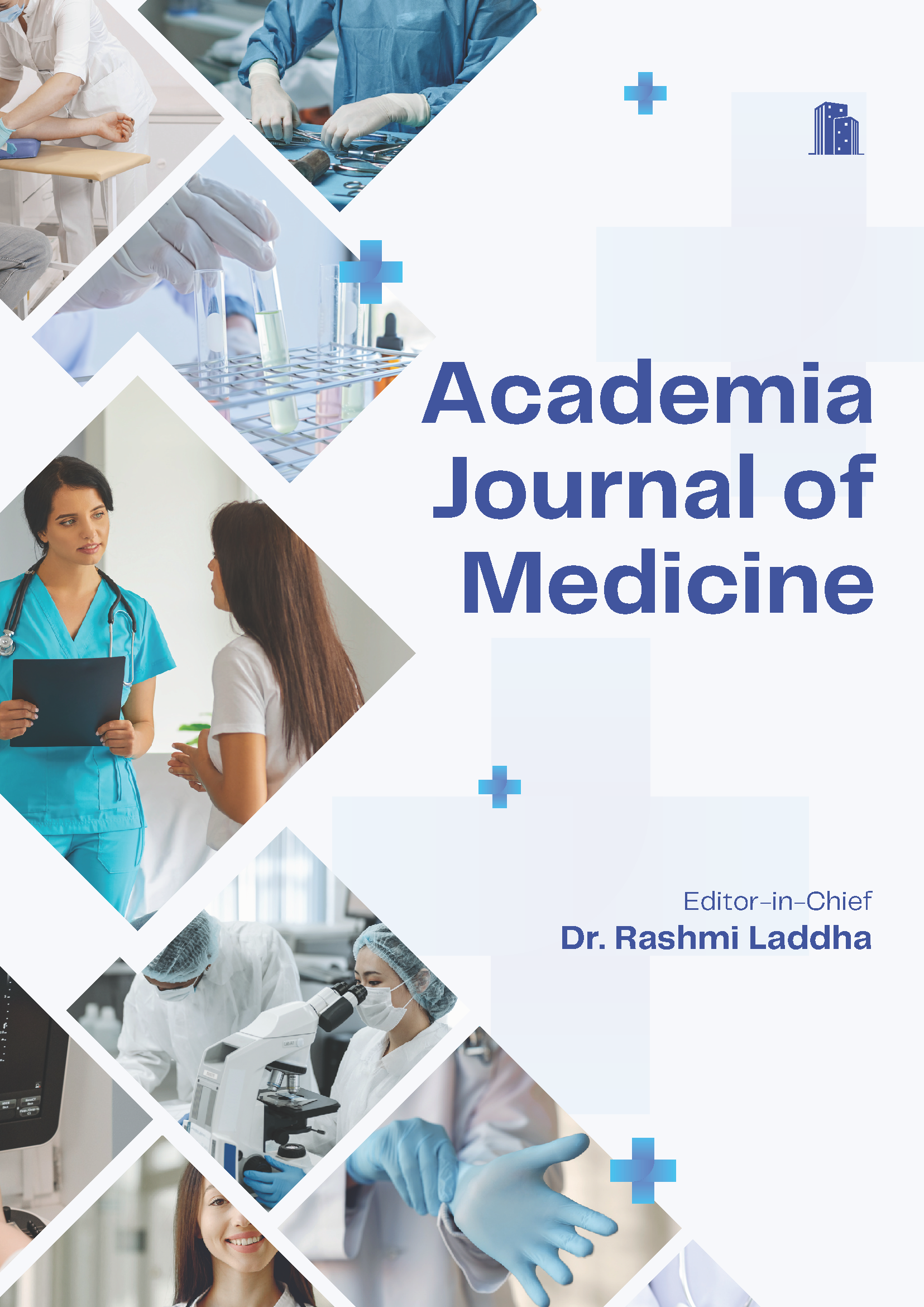Virtual Reality Distraction in Pediatric Dentistry: A Comprehensive Review of Its Efficacy and Applications
DOI:
https://doi.org/10.48165/ajm.2025.8.02.4Keywords:
P e d i a t r i c D e n t i s t r y, Behavioursmanagement, Virtual Reality DistractionAbstract
The effective delivery of dental care can often be hindered by a child’s reluctance to cooperate. It is essential to explore psychological behavior management methods that effectively reduce anxiety during dental visits while fostering a positive attitude towards dental procedures. Despite the availability of numerous behavior management techniques, the chosen approach must also be acceptable to parents. Among these techniques, distraction is one of the most commonly utilized and well-received by parents. It involves diverting children’s attention away from what they may perceive as unpleasant procedures. Recently, virtual reality distraction (VRD) has emerged as an innovative and increasingly recognized method for providing this diversion. The aim of this research is to thoroughly examine the virtual reality distraction technique.Downloads
References
Barros Padilha, D. X., Veiga, N. J., Mello-Moura, A. C. V., & Nunes Correia, P. (2023). Virtual reality and behaviour management in paediatric dentistry: A systematic review. BMC Oral Health, 23(1), 995.
Pawar, M., Pandya, P., Rimple, C. M., Agrawal, K., Dasarraju, R. K., & Jain, S. (2024). Virtual reality distraction: A novel behaviour management technique. Journal of Pharmacy and Bioallied Sciences, 16(Suppl 1), S53–S55.
Koticha, P., Katge, F., Shetty, S., & Patil, D. P. (2019). Effectiveness of virtual reality eyeglasses as a distraction aid to reduce anxiety among 6–10-year-old children undergoing dental extraction procedure. International Journal of Clinical Pediatric Dentistry, 12, 297–302.
Panda, A. (2017). Effect of virtual reality distraction on pain perception during dental treatment in children. International Journal of Oral Care Research, 5, 278–281.
Bagher, S. M., Felemban, O. M., Alandijani, A. A., Tashkandi, M. M., Bhadila, G. Y., & Bagher, A. M. (2023). The effect of virtual reality distraction on anxiety level during dental treatment among anxious pediatric patients: A randomized clinical trial. Journal of Clinical Pediatric Dentistry, 47(4), 63–71.
Hamdy, S. F., Farag, M. S. M. S., Helmy, Y. S., & Abo-Elsoud, A. A. (2024). Enhancing pediatric dental care: The influence of virtual reality. European Journal of Dentistry, 18(4), 1030–1039.
Gómez-Polo, C., Vilches, A. A., Ribas, D., Castaño-Séiquer, A., & Montero, J. (2021). Behaviour and anxiety management of paediatric dental patients through virtual reality: A randomised clinical trial. Journal of Clinical Medicine, 10(14), 3019.
Nuvvula, S., Alahari, S., Kamatham, R., & Challa, R. R. (2015). Effect of audiovisual distraction with 3D video glasses on dental anxiety of children experiencing administration of local analgesia: A randomized clinical trial. European Archives of Paediatric Dentistry, 16(1), 43–50.
Buldur, B., & Candan, M. (2020). Does virtual reality affect children’s dental anxiety, pain, and behaviour? A randomized, placebo-controlled, crossover trial. Pesquisa Brasileira em Odontopediatria e Clínica Integrada, 2020(21), 1–14.
Niharika, P., Venugopal Reddy, N., Srujana, P., Srikanth, K., Daneswari, V., & Sai, G. K. (2018). Effects of distraction using virtual reality technology on pain perception and anxiety levels in children during pulp therapy of primary molars. Journal of the Indian Society of Pedodontics and Preventive Dentistry, 36(4), 364–369.
Pande, P., Rana, V., Srivastava, N., & Kaushik, N. (2020). Effectiveness of different behavior guidance techniques in managing children with negative behavior in a dental setting: A randomized control study. Journal of the Indian Society of Pedodontics and Preventive Dentistry, 38(3), 259–265.
Greeshma, S. G., George, S., Anandaraj, S., Sain, S., Jose, D., & Sreenivas, A., et al. (2021). Comparative evaluation of the efficacy of virtual reality distraction, audio distraction and tell-show-do techniques in reducing the anxiety level of pediatric dental patients: An in vivo study. International Journal of Clinical Pediatric Dentistry, 14(S2), S173–S178.
Zaidman, L., Lusky, G., Shmueli, A., Halperson, E., Moskovitz, M., & Ram, D., et al. (2023). Distraction with virtual reality goggles in paediatric dental treatment: A randomised controlled trial. International Dental Journal, 73(1), 108–113.
